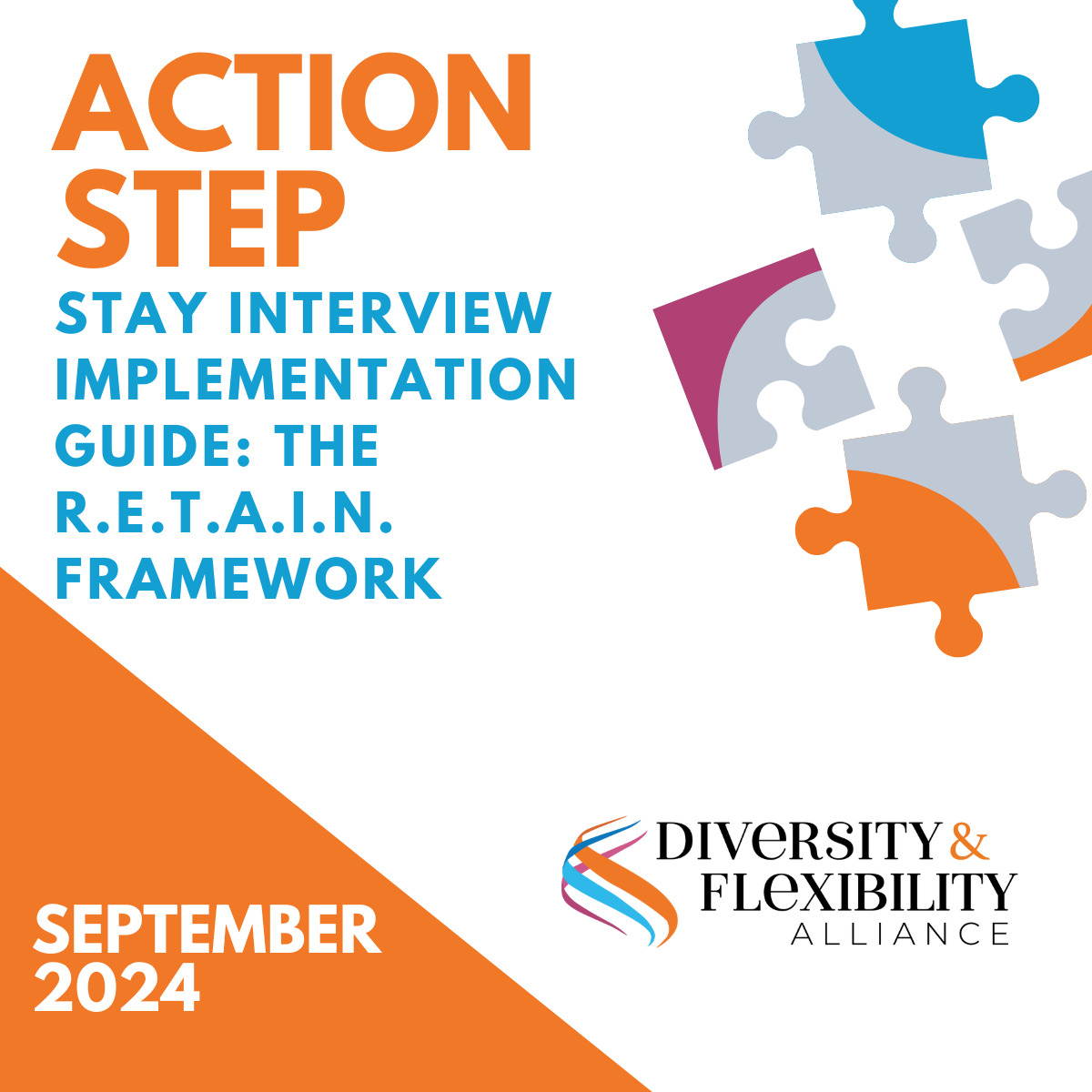The Alliance’s Action Steps are designed to assist organizations with implementing practical strategies to humanize the workplace, empower people, and foster innovation. Members can access full versions the Alliance’s Action Steps in the Member Resource Center.
Rethinking How We Lead Change
Change is constant. Whether it’s shifting priorities, new technologies, or evolving expectations, today’s workplace moves quickly. And trying to keep up with it all can feel like a lot.
What many teams need right now isn’t just a plan. It’s a clear, practical way to stay focused, work together, and adjust as things unfold.
That’s where our S.P.A.R.K. Framework comes in.
It’s a refreshingly human approach to change, designed to help you take action, bring people along, and stay aligned through real-world complexity.
Instead of top-down directives, S.P.A.R.K. is built on your strengths. It helps you listen, reflect, and respond in ways that actually stick.
Whether you’re kicking off something new or regrouping after a few false starts, this framework gives you a solid place to begin, and a way to keep going.
The S.P.A.R.K. Framework Overview
The S.P.A.R.K. Framework is a simple but powerful tool to help you lead change that actually lasts. It’s a flexible process you can return to again and again to stay focused, adapt with purpose, and keep your people connected along the way.
Here’s a quick look at the five steps:
- ….
Members: Continue reading this Action Step in the Member Resource Center.
To read this entire Action Step become a member of the Diversity & Flexibility Alliance.

 On a more positive note, we did see certain bright spots. Notably, member firms had an average of 1.6% higher share of women partners in their U.S. new partner classes over the last five years. In addition, a nearly 13% increase existed in the share of firms reporting a 50/50 split or greater in favor of women in U.S. new partner classes over the last two years. We also saw a 2% decrease in the share of firms with no women partners from last year. These bright spots suggest that a number of law firms are making concerted, intentional efforts to address gender imbalances during the partnership promotion process.
On a more positive note, we did see certain bright spots. Notably, member firms had an average of 1.6% higher share of women partners in their U.S. new partner classes over the last five years. In addition, a nearly 13% increase existed in the share of firms reporting a 50/50 split or greater in favor of women in U.S. new partner classes over the last two years. We also saw a 2% decrease in the share of firms with no women partners from last year. These bright spots suggest that a number of law firms are making concerted, intentional efforts to address gender imbalances during the partnership promotion process. Manar Morales, the founder and CEO of the Alliance, discussed in her opening remarks how culture is the heartbeat of the organization and so much more than four walls. the critical difference between stated culture and lived experience. The key message resonated clearly: organizational culture isn’t merely a buzzword or website content—it’s the heartbeat of your organization, defined not by physical walls but by clear answers to fundamental questions. These essential questions include who we serve (Stakeholders), what we do (Mission), what we stand for (Values), what we expect of our people (Accountability), why we do what we do (Purpose), and where we’re headed (Vision).
Manar Morales, the founder and CEO of the Alliance, discussed in her opening remarks how culture is the heartbeat of the organization and so much more than four walls. the critical difference between stated culture and lived experience. The key message resonated clearly: organizational culture isn’t merely a buzzword or website content—it’s the heartbeat of your organization, defined not by physical walls but by clear answers to fundamental questions. These essential questions include who we serve (Stakeholders), what we do (Mission), what we stand for (Values), what we expect of our people (Accountability), why we do what we do (Purpose), and where we’re headed (Vision).